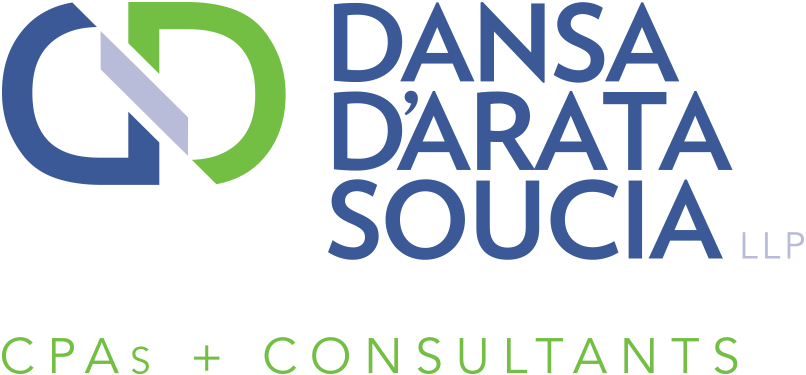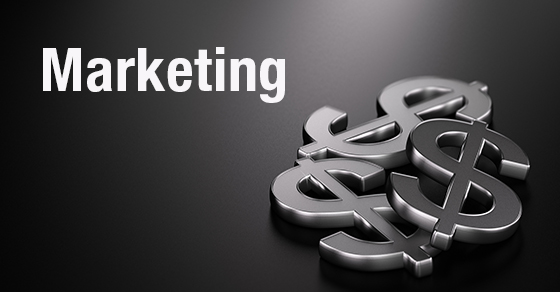Estimates vs. actuals: Was your 2018 budget reasonable?

New Year wooden road sign with shining blue sky backgroundAs the year winds down, business owners can be thankful for the gift of perspective (among other things, we hope). Assuming you created a budget for the calendar year, you should now be able to accurately assess that budget by comparing its estimates to actual results. Your objective is to determine whether your budget was reasonable, and, if not, how to adjust it to be more accurate for 2019.
Identify notable changes
Your estimates, like those of many companies, probably start with historical financial statements. From there, you may simply apply an expected growth rate to annual revenues and let it flow through the remaining income statement and balance sheet items. For some businesses, this simplified approach works well. But future performance can’t always be expected to mirror historical results.
For example, suppose you renegotiated a contract with a major supplier during the year. The new contract may have affected direct costs and profit margins. So, what was reasonable at the beginning of the year may be less so now and require adjustments when you draft your 2019 budget.
Often, a business can’t maintain its current growth rate indefinitely without investing in additional assets or incurring further fixed costs. As you compare your 2018 estimates to actuals, and look at 2019, consider whether your company is planning to:
- Build a new plant,
- Buy a major piece of equipment,
- Hire more workers, or
- Rent additional space.
External and internal factors — such as regulatory changes, product obsolescence, and in-process research and development — also may require specialized adjustments to your 2019 budget to keep it reasonable.
Find the best way to track
The most analytical way to gauge reasonableness is to generate year-end financials and then compare the results to what was previously budgeted. Are you on track to meet those estimates? If not, identify the causes and factor them into a revised budget for next year.
If you discover that your actuals are significantly different from your estimates — and if this takes you by surprise — you should consider producing interim financials next year. Some businesses feel overwhelmed trying to prepare a complete set of financials every month. So, you might opt for short-term cash reports, which highlight the sources and uses of cash during the period. These cash forecasts can serve as an early warning system for “budget killers,” such as unexpected increases in direct costs or delinquent accounts.
Alternatively, many companies create 12-month rolling budgets — which typically mirror historical financial statements — and update them monthly to reflect the latest market conditions.
Do it all
The budgeting process is rarely easy, but it’s incredibly important. And that process doesn’t end when you create the budget; checking it regularly and performing a year-end assessment are key. We can help you not only generate a workable budget, but also identify the best ways to monitor your financials throughout the year.
© 2018


 Will you be age 50 or older on December 31? Are you still working? Are you already contributing to your 401(k) plan or Savings Incentive Match Plan for Employees (SIMPLE) up to the regular annual limit? Then you may want to make “catch-up” contributions by the end of the year. Increasing your retirement plan contributions can be particularly advantageous if your itemized deductions for 2018 will be smaller than in the past because of changes under the Tax Cuts and Jobs Act (TCJA).
Will you be age 50 or older on December 31? Are you still working? Are you already contributing to your 401(k) plan or Savings Incentive Match Plan for Employees (SIMPLE) up to the regular annual limit? Then you may want to make “catch-up” contributions by the end of the year. Increasing your retirement plan contributions can be particularly advantageous if your itemized deductions for 2018 will be smaller than in the past because of changes under the Tax Cuts and Jobs Act (TCJA). A strong economy leads some company owners to cut back on marketing. Why spend the money if business is so good? Others see it differently — a robust economy means more sales opportunities, so pouring dollars into marketing is the way to go.
A strong economy leads some company owners to cut back on marketing. Why spend the money if business is so good? Others see it differently — a robust economy means more sales opportunities, so pouring dollars into marketing is the way to go. As we approach the end of 2018, it’s a good idea to review the mutual fund holdings in your taxable accounts and take steps to avoid potential tax traps. Here are some tips.
As we approach the end of 2018, it’s a good idea to review the mutual fund holdings in your taxable accounts and take steps to avoid potential tax traps. Here are some tips. The Tax Cuts and Jobs Act (TCJA) has enhanced two depreciation-related breaks that are popular year-end tax planning tools for businesses. To take advantage of these breaks, you must purchase qualifying assets and place them in service by the end of the tax year. That means there’s still time to reduce your 2018 tax liability with these breaks, but you need to act soon.
The Tax Cuts and Jobs Act (TCJA) has enhanced two depreciation-related breaks that are popular year-end tax planning tools for businesses. To take advantage of these breaks, you must purchase qualifying assets and place them in service by the end of the tax year. That means there’s still time to reduce your 2018 tax liability with these breaks, but you need to act soon. Business owners are constantly bombarded with terminology and buzzwords. Although you probably feel a need to keep up with the latest trends, you also may find that many of these ideas induce more anxiety than relief. One example is change management.
Business owners are constantly bombarded with terminology and buzzwords. Although you probably feel a need to keep up with the latest trends, you also may find that many of these ideas induce more anxiety than relief. One example is change management. A tried-and-true year end tax strategy is to make charitable donations. As long as you itemize and your gift qualifies, you can claim a charitable deduction. But did you know that you can enjoy an additional tax benefit if you donate long-term appreciated stock instead of cash?
A tried-and-true year end tax strategy is to make charitable donations. As long as you itemize and your gift qualifies, you can claim a charitable deduction. But did you know that you can enjoy an additional tax benefit if you donate long-term appreciated stock instead of cash? Protecting your company through the purchase of various forms of insurance is a risk-management necessity. But just because you must buy coverage doesn’t mean you can’t manage the cost of doing so.
Protecting your company through the purchase of various forms of insurance is a risk-management necessity. But just because you must buy coverage doesn’t mean you can’t manage the cost of doing so. Some of your medical expenses may be tax deductible, but only if you itemize deductions and have enough expenses to exceed the applicable floor for deductibility. With proper planning, you may be able to time controllable medical expenses to your tax advantage. The Tax Cuts and Jobs Act (TCJA) could make bunching such expenses into 2018 beneficial for some taxpayers. At the same time, certain taxpayers who’ve benefited from the deduction in previous years might no longer benefit because of the TCJA’s increase to the standard deduction.
Some of your medical expenses may be tax deductible, but only if you itemize deductions and have enough expenses to exceed the applicable floor for deductibility. With proper planning, you may be able to time controllable medical expenses to your tax advantage. The Tax Cuts and Jobs Act (TCJA) could make bunching such expenses into 2018 beneficial for some taxpayers. At the same time, certain taxpayers who’ve benefited from the deduction in previous years might no longer benefit because of the TCJA’s increase to the standard deduction. When a business is launched, its owners typically welcome every customer through the door with a sigh of relief. But after the company has established itself, those same owners might start looking at their buying constituency a little more critically.
When a business is launched, its owners typically welcome every customer through the door with a sigh of relief. But after the company has established itself, those same owners might start looking at their buying constituency a little more critically.